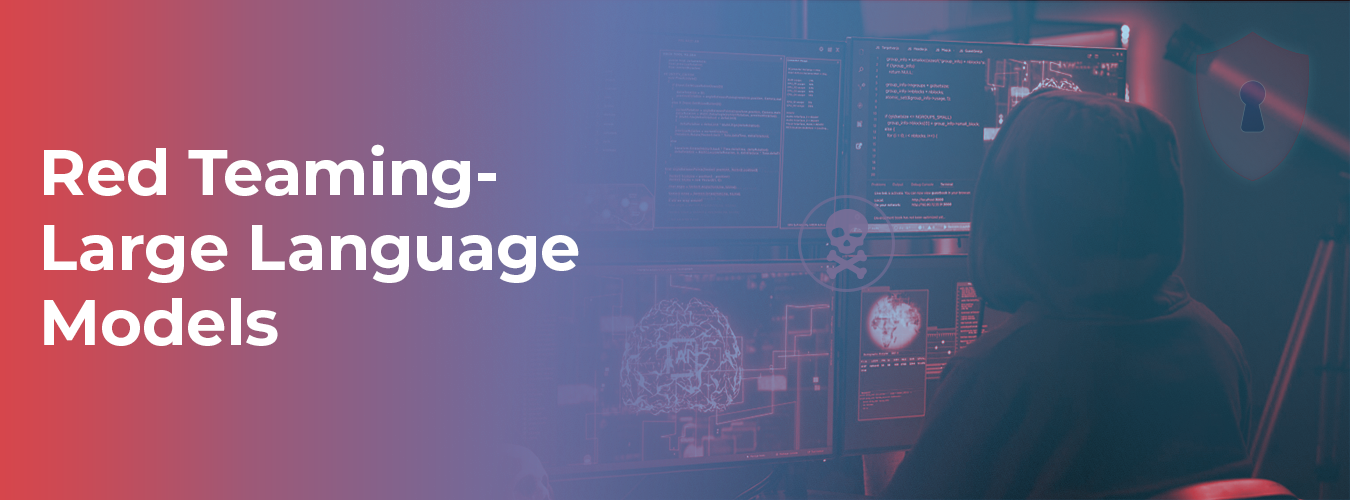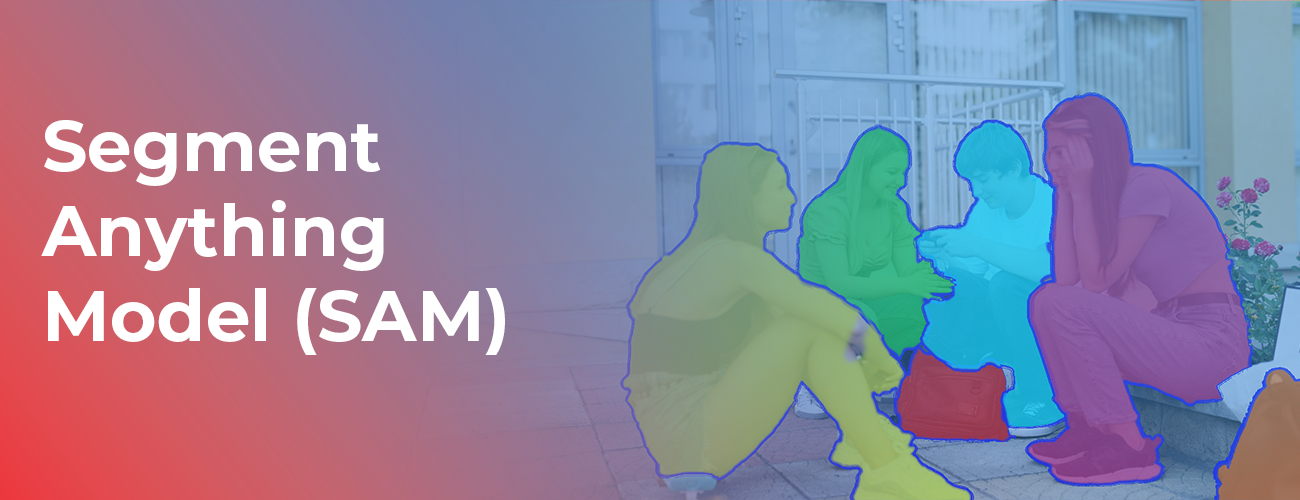As the name implies, AI data transcription turns spoken words into text by utilizing AI technology. Manual note-taking is no longer necessary. Instead, you can “hire” transcription software to hear conversations, audio, or video recordings and convert them into texts without any difficulty.
AI transcription software can automatically record a conversation and transform it into text with the use of artificial intelligence (AI). Additionally, it can identify numerous speakers, pull up action items, and recognize emotions, intent, and dialects. It is generating content that is inclusive and available to people everywhere.
Despite how amazing it is, AI cannot independently process natural language. Machine learning algorithms must be taught by humans before they can teach themselves to solve issues from enormous data sets for Transcription and much more.
This is accomplished by using natural language processing (NLP). NLP is a branch of AI that employs machine learning and deep learning to comprehend semantics in human language.
Deep Learning improves this process over time. A subtype of machine learning known as deep learning, uses layers of processing units to create neural networks. Neural networks mimic how the brain functions. Machines can comprehend context and phrase structures, thanks to deep learning. The neural network will start to hunt for patterns after the engineer feeds it to text and audio samples. When that happens, it will compare the voice recording to the relevant sentences.
AI Data transcription software usually uses AI-powered automatic speech recognition (ASR) machines. ASR machines can be used in both live and recorded settings.
How accurate is AI Data Transcription?
The typical Word Error Rate for word-to-text is far from 100%, but when combined with people, it can assist in providing results more quickly and with nearly perfect accuracy. Microsoft had an accuracy of 78%, Google had an accuracy of 79%, and the specialized speech-to-text supplier Rev.ai had an accuracy of 84%, according to a 2020 benchmark assessment
However, some businesses offer transcripts that are incredibly accurate. For instance, Fireflies has a 90% accuracy rate, which means that out of every 100 words of text that are transcribed, 10 will be done so erroneously.
By providing AI systems with specialized, bespoke terminology that you frequently use during discussions, you can further increase transcription accuracy. These can be expressions, abbreviations, or terminology used in your sector.




